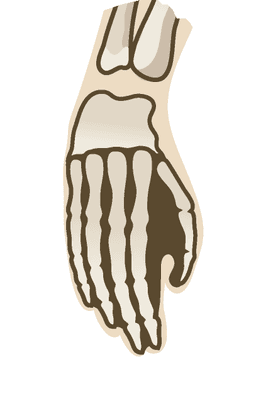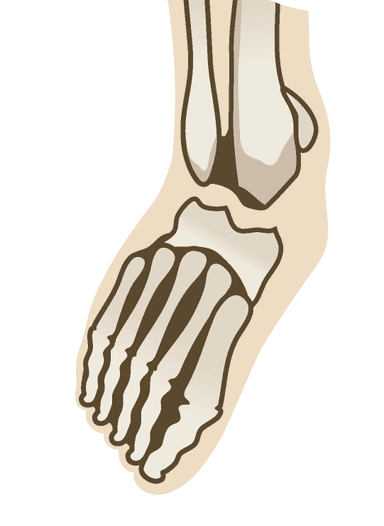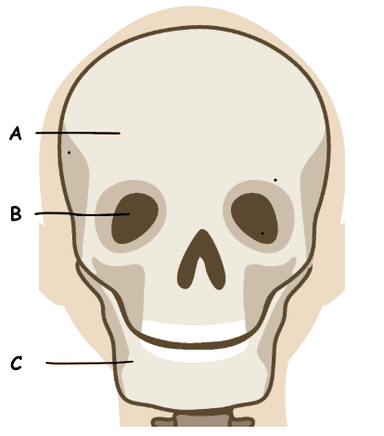Myths about teaching can hold you back
- Year 6
Human skulls: using evidence from the past (non-statutory)
I can describe how human skulls have changed over time and use fossil evidence to suggest reasons why.
- Year 6
Human skulls: using evidence from the past (non-statutory)
I can describe how human skulls have changed over time and use fossil evidence to suggest reasons why.
These resources were made for remote use during the pandemic, not classroom teaching.
Switch to our new teaching resources now - designed by teachers and leading subject experts, and tested in classrooms.
Lesson details
Key learning points
- Scientists who study humans depend on fossil evidence to help them learn about how our ancestors have changed over time.
- Human skulls can show changes in characteristics such as: skull shape, brain and jaw size.
- Modern day skulls show differences, suggested by scientists, linked to humans chewing softer, processed food.
Keywords
Prehistoric - Prehistoric times are time periods which came before written records began.
Fossil - A fossil is the remains or imprint of living things that are sometimes preserved in rock.
Evidence - Evidence is information which helps us to prove that something is true or not true.
Ancestor - Your ancestor lived in the past and is directly related to you.
Skull - The skull is the name for the bones of the head.
Common misconception
Pupils may think that humans as we know them have always looked the same as they do now.
Use the images of skulls in the slide deck to clearly show how humans’ appearance has changed over many thousands of years.
To help you plan your year 6 science lesson on: Human skulls: using evidence from the past (non-statutory), download all teaching resources for free and adapt to suit your pupils' needs...
To help you plan your year 6 science lesson on: Human skulls: using evidence from the past (non-statutory), download all teaching resources for free and adapt to suit your pupils' needs.
The starter quiz will activate and check your pupils' prior knowledge, with versions available both with and without answers in PDF format.
We use learning cycles to break down learning into key concepts or ideas linked to the learning outcome. Each learning cycle features explanations with checks for understanding and practice tasks with feedback. All of this is found in our slide decks, ready for you to download and edit. The practice tasks are also available as printable worksheets and some lessons have additional materials with extra material you might need for teaching the lesson.
The assessment exit quiz will test your pupils' understanding of the key learning points.
Our video is a tool for planning, showing how other teachers might teach the lesson, offering helpful tips, modelled explanations and inspiration for your own delivery in the classroom. Plus, you can set it as homework or revision for pupils and keep their learning on track by sharing an online pupil version of this lesson.
Explore more key stage 2 science lessons from the Evolution and inheritance unit, dive into the full primary science curriculum, or learn more about lesson planning.

Equipment
Content guidance
- Depiction or discussion of sensitive content
Supervision
Adult supervision recommended
Licence
Prior knowledge starter quiz
6 Questions
Q1.Which of these is a skull?




Q2.Where is a human’s brain?
Q3.Which arrow is pointing to the jaw on this skull?



